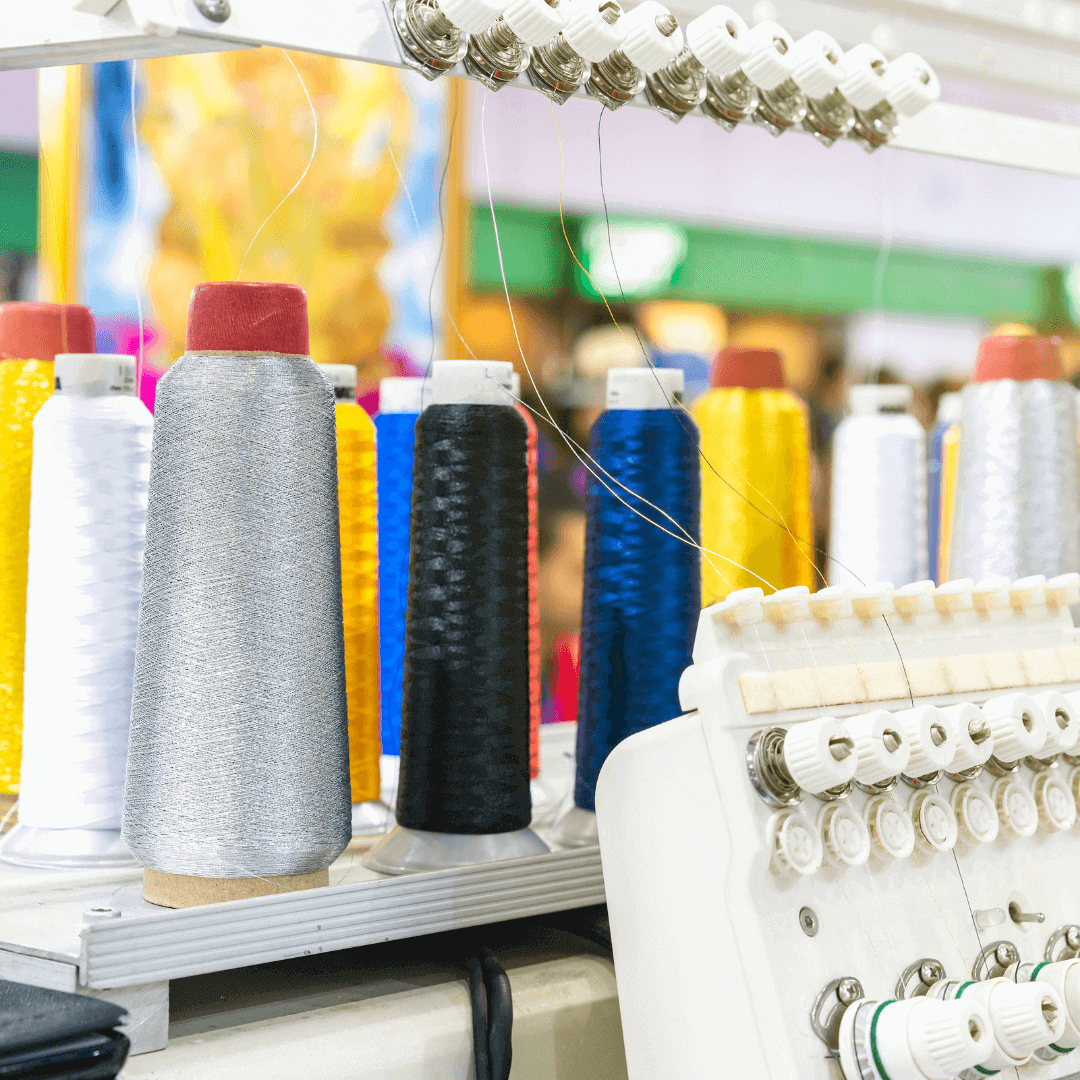
Apparel imports in key markets have shown some recovery in Q1 2025 reveals Wazir Advisors ‘Q1 FY25 Wazir textile & apparel index’. The latest import data indicates the global apparel market has seen some positivity. Key markets, including the US, EU, UK, and Japan, witnessed a consistent increase in apparel imports compared to the previous year. This suggests a growing demand for apparel products in these regions, which could be attributed to factors such as economic recovery, changing consumer preferences, and increased retail activity.
Rising imports a sign of positivity
The study shows, US apparel imports rose by 8 per cent year-over-year (YoY) to reach $ 8 billion. EU imports increased 5 per cent YoY to $8.1 billion. Similarly, UK’s imports saw a 7 per cent YoY growth, reaching $1.6 billion. The Japanese market experienced the most significant increase, with imports growing by 16 per cent YoY to $2.2 billion. This suggests that consumer confidence and spending are gradually recovering, particularly in the wake of economic uncertainties.
Apparel retail scenario
Interestingly in August 2024, US monthly apparel store sales are estimated at $19.1 billion which is 1 per cent lower compared to the previous year, while monthly home furnishing store sales are estimated at S$ 5.3 billion which is 8 per cent higher than in August 2023. On YTD basis, sales in 2024 are 4 per cent lower than in 2023. At the same time, for last several quarters, several major retailers like Target, Walmart, VF Corp among others have reported lower inventory levels compared to same period in the previous year. In the UK apparel store sales remained unchanged in August 2024 at £ 3.6 billion. On YTD basis, the sales in2024 is 3 per cent lower than in 2023.
The study also revealed, in August 2024, the US recorded its lowest inflation rate since February 2021 at 2.5 per cent; unemployment rate decreased by 0.1 per cent, after peaking in July at 4.3 per cent since December 2021. Also, the Consumer Confidence Index rose by 3 per cent and with the recent announcement by the US Federal Reserve to cut interest rates, a positive macroeconomic trend may be expected in coming months.
India scenario
Wazir textile and apparel index also registered improvement. With a steady rise in demand and improved market sentiment, the financial performance of Indian textile and apparel companies saw notable growth in the last quarter. According to our quarterly report, compared to Q1 FY24, Q1 FY25 showed an 11 per cent increase in WTI sales and a 29 per cent rise in WTI EBITDA. Meanwhile, WAI sales grew by 19 per cent, and WAI EBITDA saw a 13per cent increase.
An analysis of select top textile companies revealed at consolidated level, sales have increased by 12 per cent in Q1 FY25 compared to Q1 FY24. Consolidated EBITDA margin increased by 2 percentage points for the selected top companies in Q1 FY25 compared to Q1 FY24.
Consolidated analysis for the selected top apparel players At consolidated level, sales have increased by 19 per cent in Q1 FY25 compared to Q1 FY24. However, consolidated EBITDA margin remained same for the selected top companies in Q1 FY25 compared to Q1 FY24. Consolidated sales index increased by 6 per cent in Q1 FY25 compared to Q1 FY24. Consolidated EBITDAper cent has increased by 1 percentage points in Q1 FY25 compared to Q1 FY24.
Overall analysis
The latest import data and macroeconomic indicators provide encouraging signs of a demand revival in key markets for apparel. The consistent growth in apparel imports from various regions, coupled with positive developments in retail sales and macroeconomic factors, suggest that consumer confidence and spending are gradually improving.
The US, a major market for apparel imports, has shown steady growth in recent months. The increase in imports from the European Union, the UK, and Japan also indicates a growing demand for apparel products in these regions. The positive macroeconomic trends in the US, including declining inflation, decreasing unemployment, and rising consumer confidence, create a favorable environment for apparel consumption. The Federal Reserve's decision to cut interest rates further supports this positive outlook.
In India, the strong growth in apparel exports is a testament to the country's competitiveness and increasing global market share. The projected increase in total exports to $15 billion in 2024 highlights the potential for further growth and development of the Indian apparel industry.
The improvement in the Wazir textile and apparel index and the strong financial performance of Indian companies underscore the positive sentiment and growth prospects within the domestic market. The increase in sales and EBITDA across various segments indicates a healthy and expanding industry. Overall, the data presented in this report suggests that the apparel industry is recovering from the challenges faced in recent years. The early signs of demand revival in key markets, coupled with positive macroeconomic indicators and improving market sentiment, provide a promising outlook for the future growth of the industry.












